

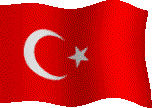
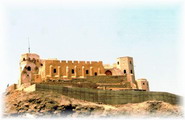
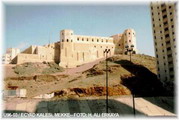
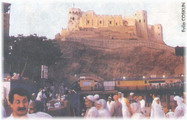
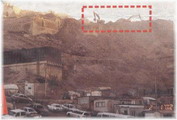


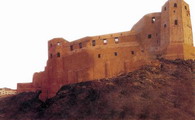

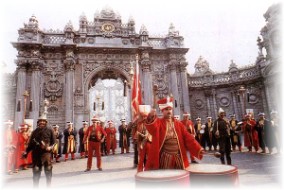
 |
Format : "mp3"... Size : 1,437.70 Kb... |
 |
Format : "mp3"... Size : 1,961.98 Kb... |

| The Ottoman Castle... Ecyad | ||
Last updated on December 30th, 2005
| ||
| File | Number | Size |
| HTML | 1 | 20.48 Kb |
| Images | 20 | 327.68 Kb |
| Others | 2 | 3,399.68 Kb |
| Total File : 23 | ||
| Total Size : 3,747.84 Kb | ||
